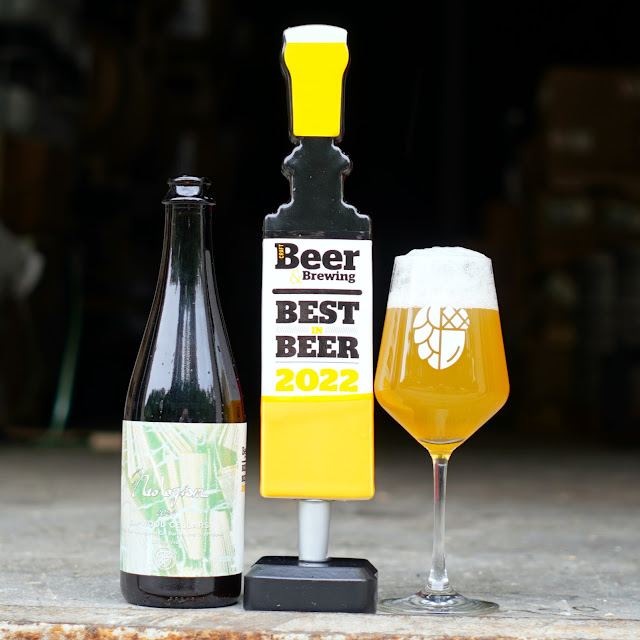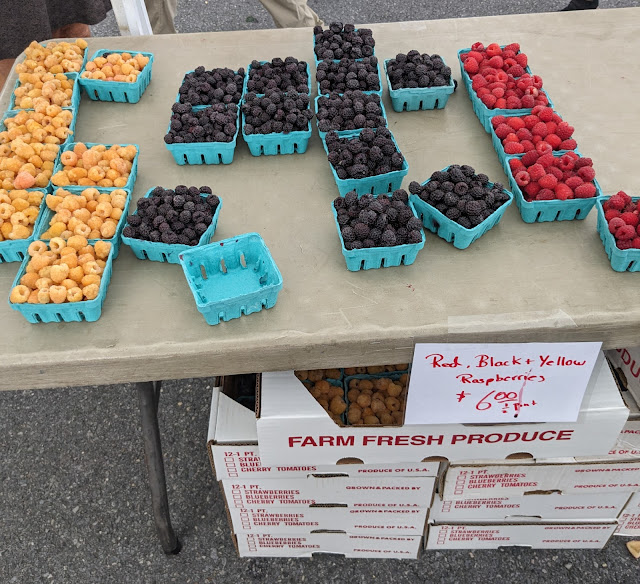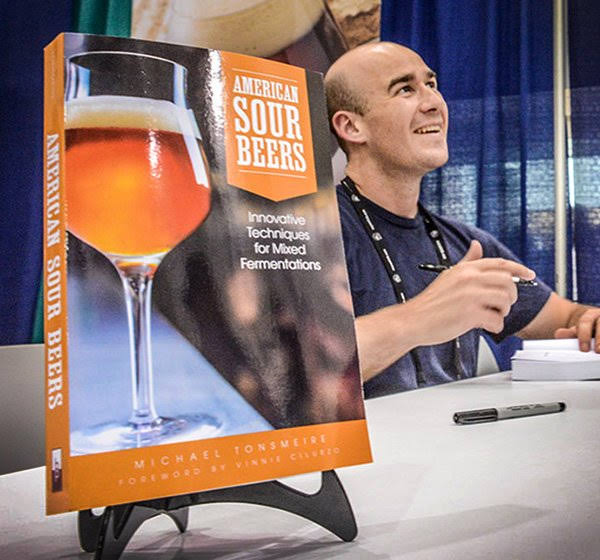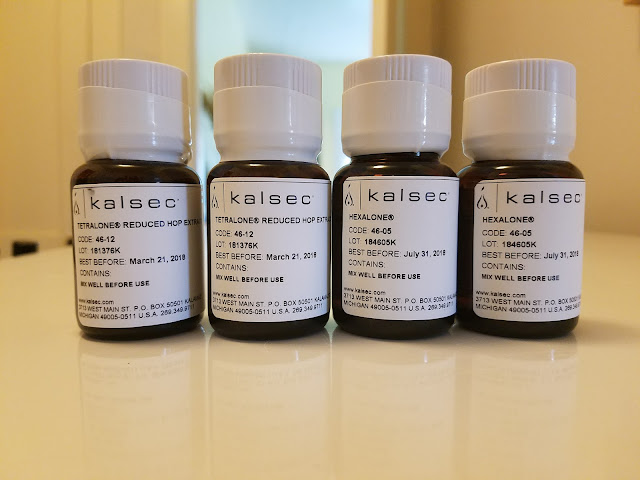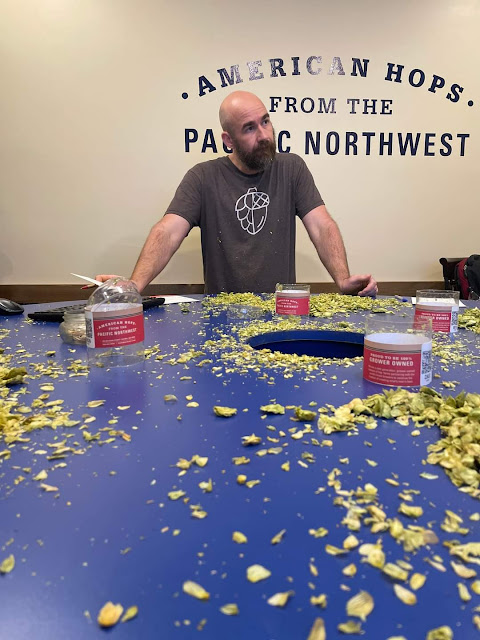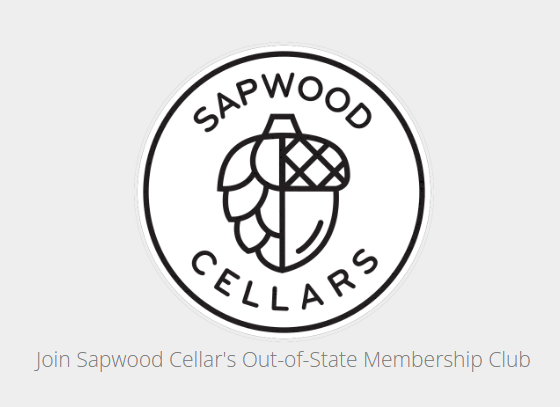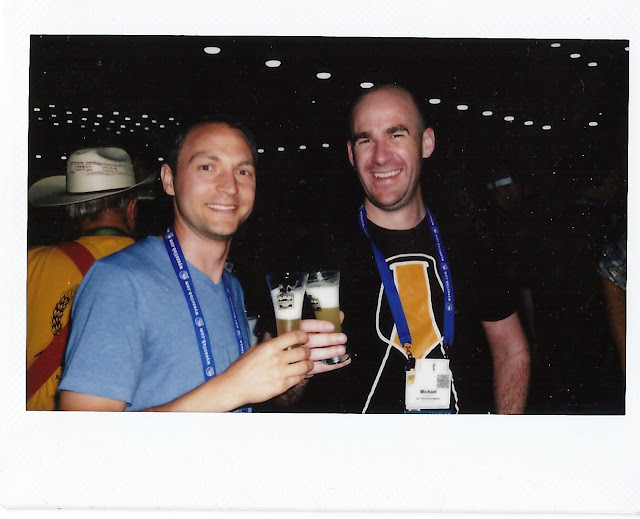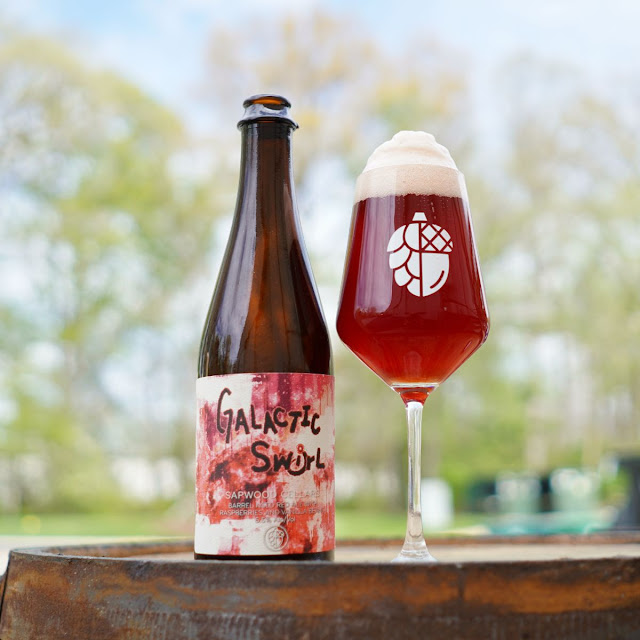 This Brewer Spotlight highlights Bracket Brewing’s Mike Meletopoulo who speaks to Beer & Brewer about his career built on finding balance.
This Brewer Spotlight highlights Bracket Brewing’s Mike Meletopoulo who speaks to Beer & Brewer about his career built on finding balance.  This Brewer Spotlight highlights Bracket Brewing’s Mike Meletopoulo who speaks to Beer & Brewer about his career built on finding balance.
This Brewer Spotlight highlights Bracket Brewing’s Mike Meletopoulo who speaks to Beer & Brewer about his career built on finding balance.  Construction will begin on the $10m redevelopment of Little Creatures Fremantle this month, expected to open before the end of the brewery's 25th anniversary year.
Construction will begin on the $10m redevelopment of Little Creatures Fremantle this month, expected to open before the end of the brewery's 25th anniversary year.  Kicking off on Saturday, the Inner West Ale Trail will celebrate the creative spirit and diverse culture of its breweries and their communities.
Kicking off on Saturday, the Inner West Ale Trail will celebrate the creative spirit and diverse culture of its breweries and their communities.  Australian craft beer fans, colleagues and a smattering of journalists gathered last Sunday for the official launch of Sydney Beer Week and the 2024 Beer & Brewer Awards.
Australian craft beer fans, colleagues and a smattering of journalists gathered last Sunday for the official launch of Sydney Beer Week and the 2024 Beer & Brewer Awards. 




